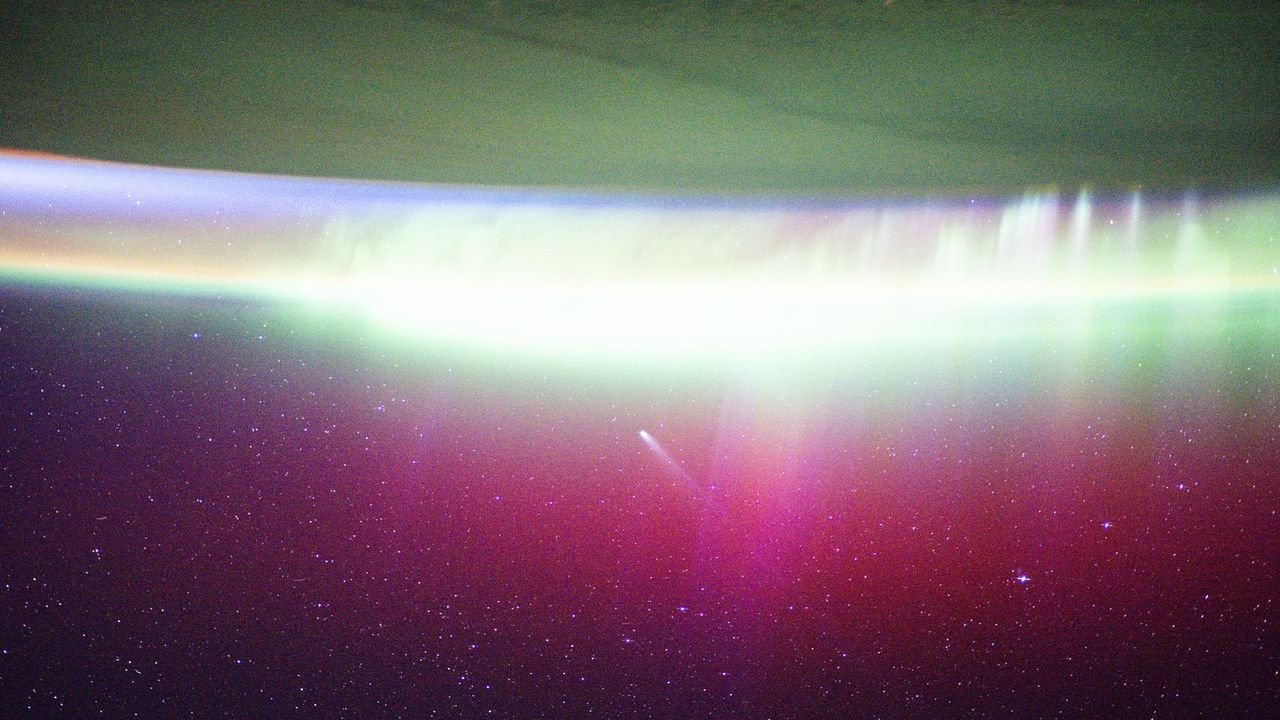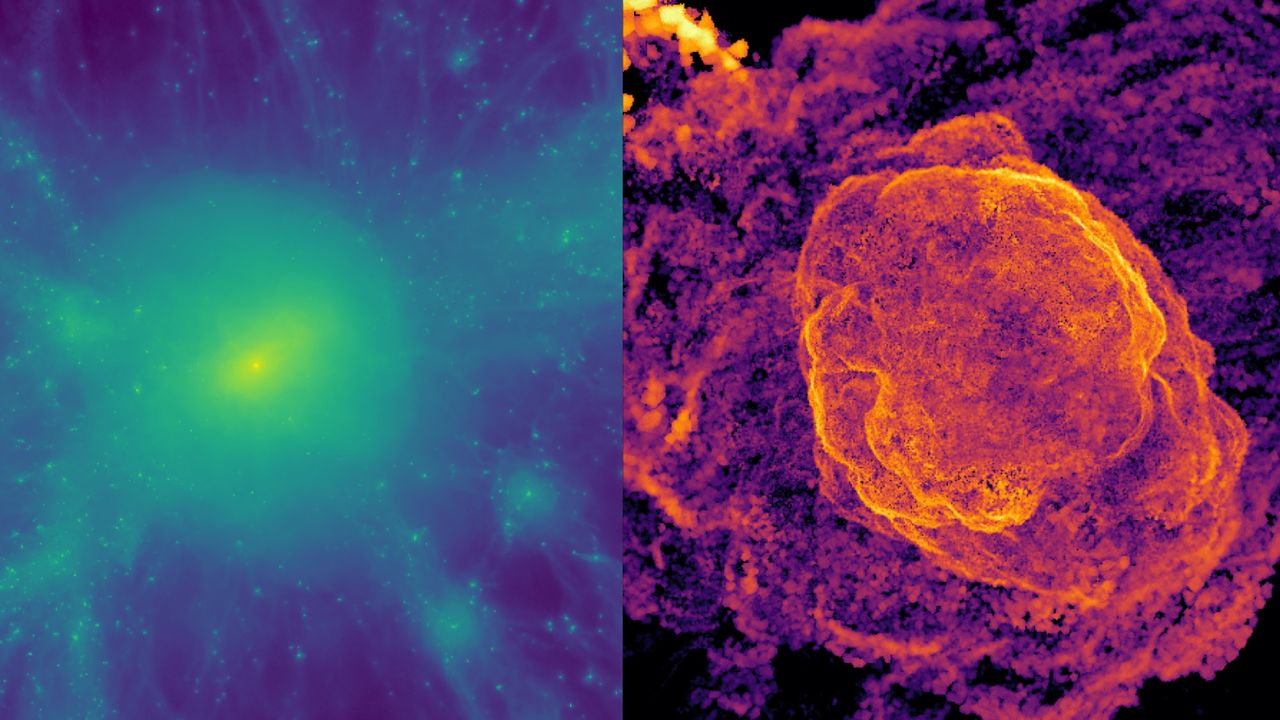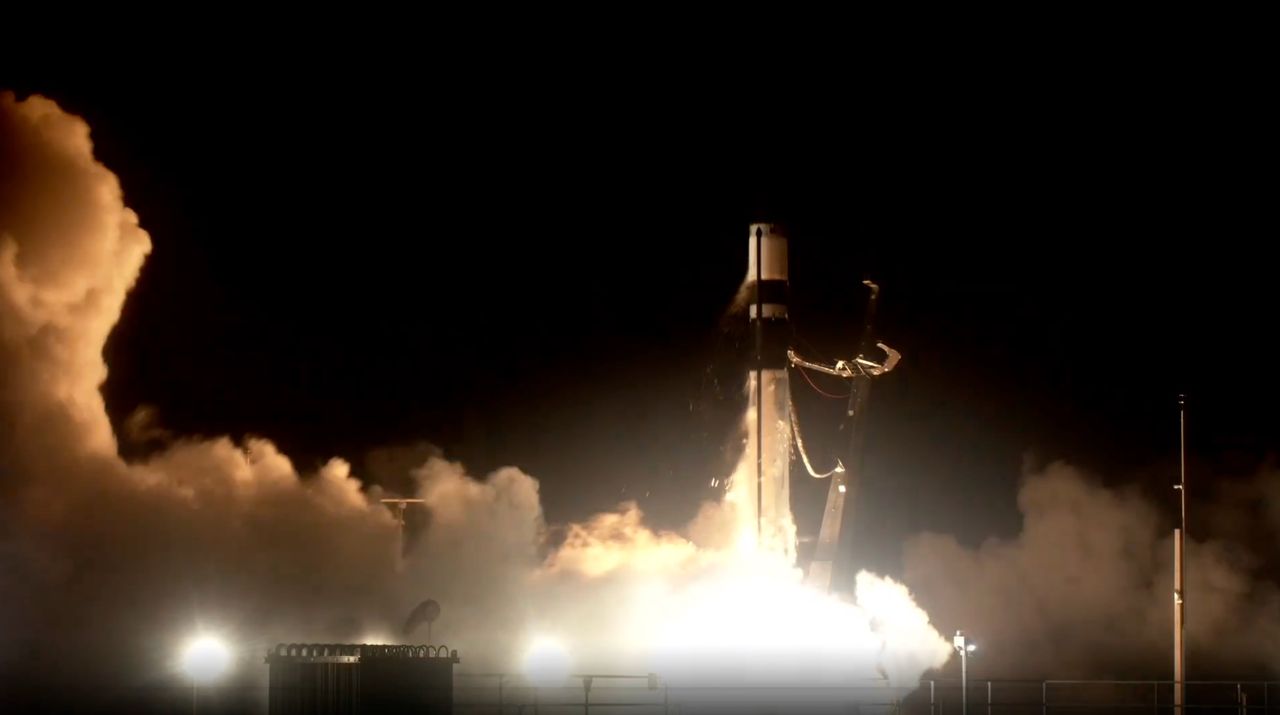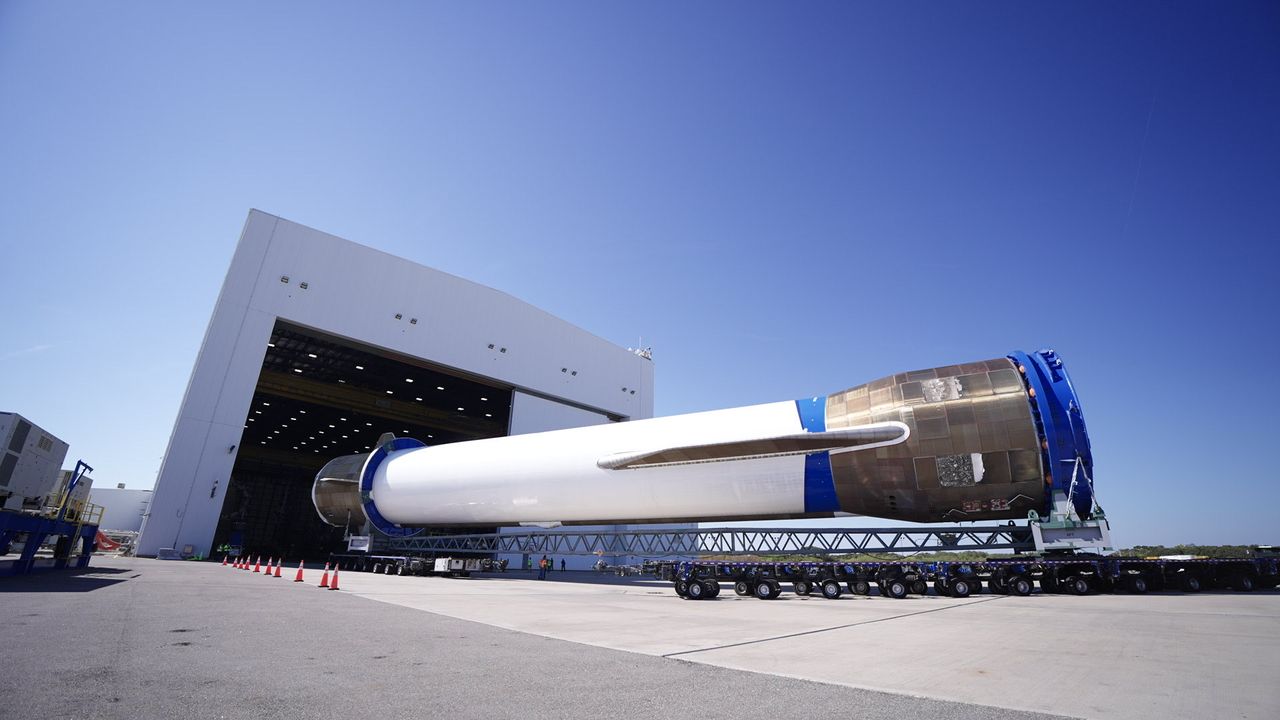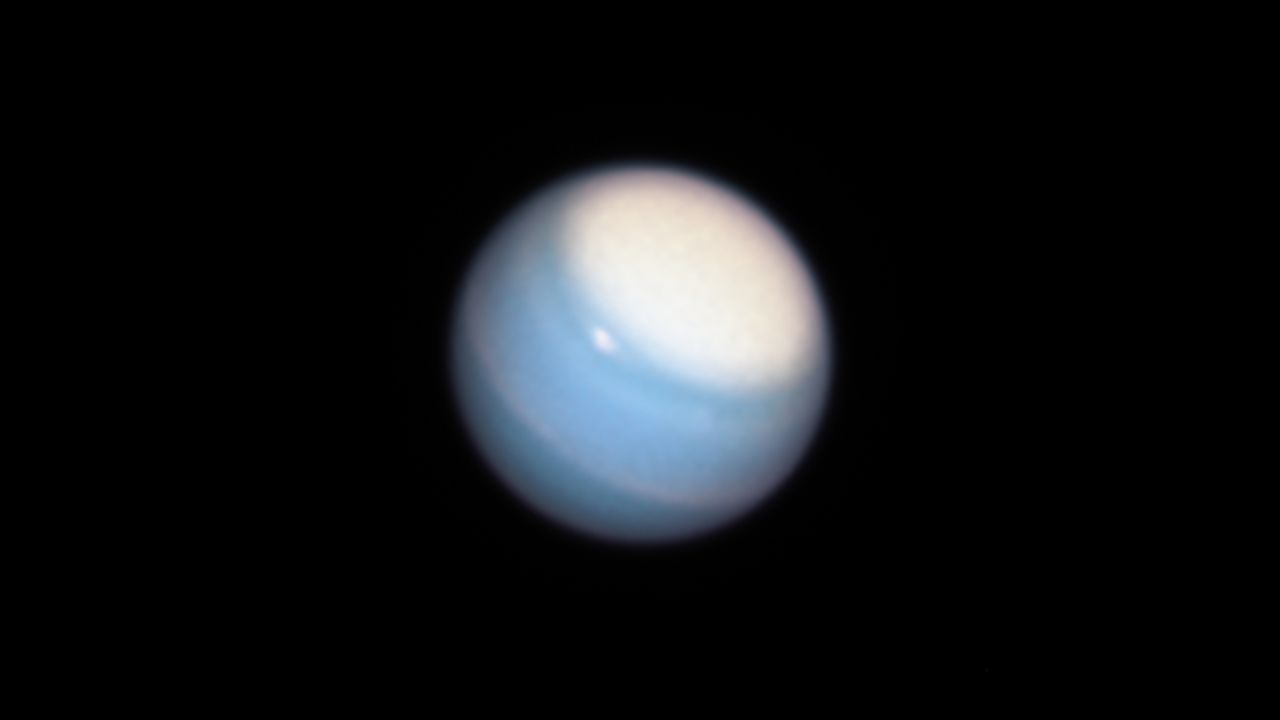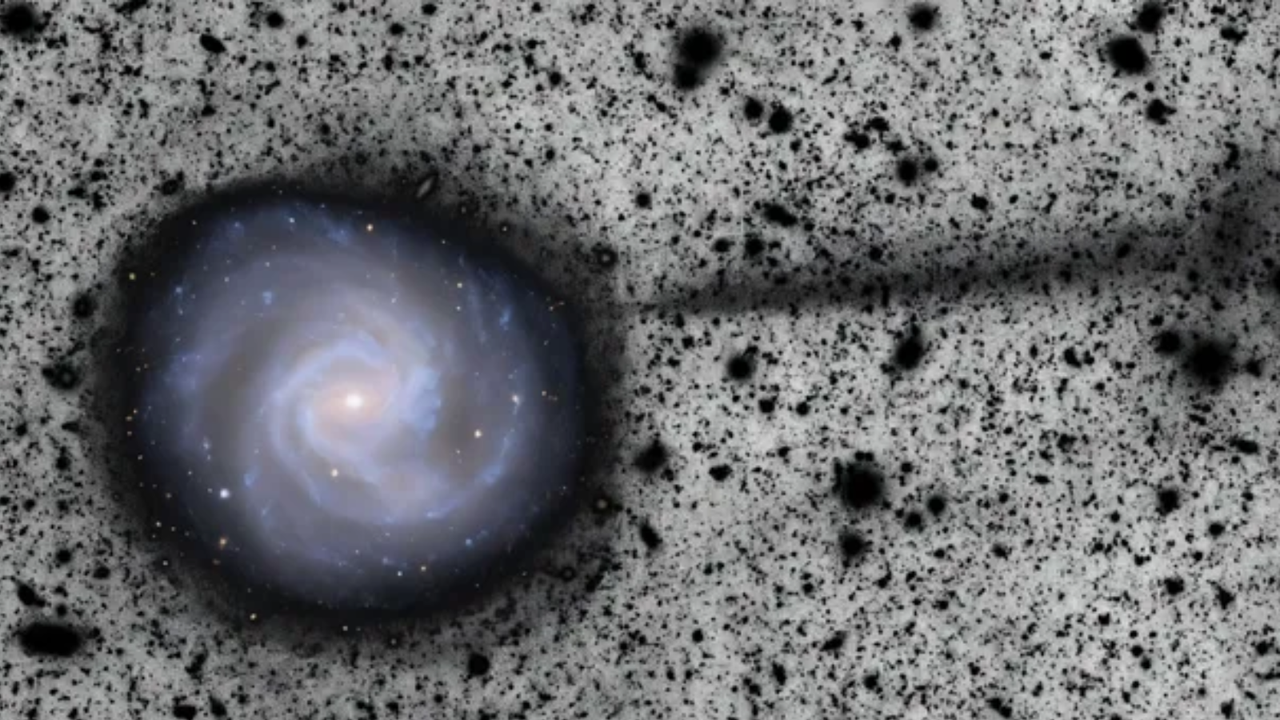Jeff Bezos' Blue Origin will build a 'super heavy' version of its powerful New Glenn rocket
PositiveScience
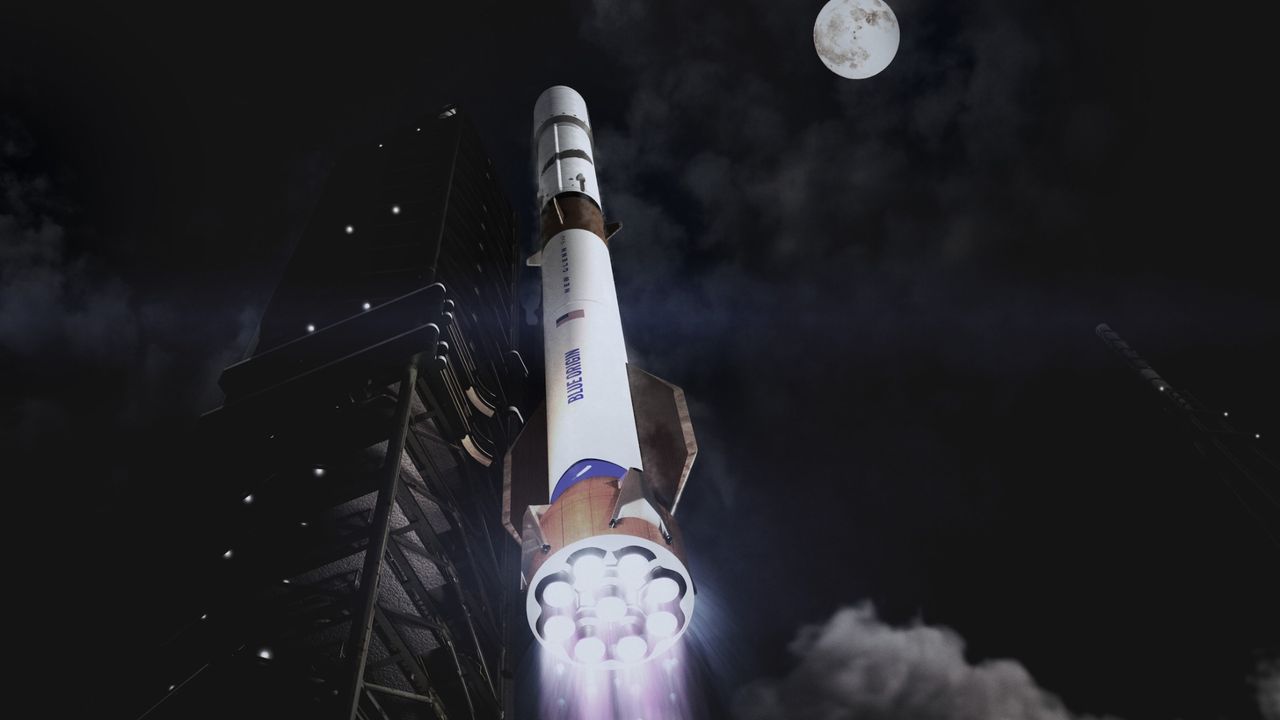
- Blue Origin is set to create a more powerful version of its New Glenn rocket, following its successful second launch. This development highlights the company's commitment to advancing its space launch technology.
- The introduction of a 'super heavy' New Glenn rocket could significantly bolster Blue Origin's position in the competitive space industry, potentially enabling it to undertake more ambitious missions and attract new clients.
— via World Pulse Now AI Editorial System
